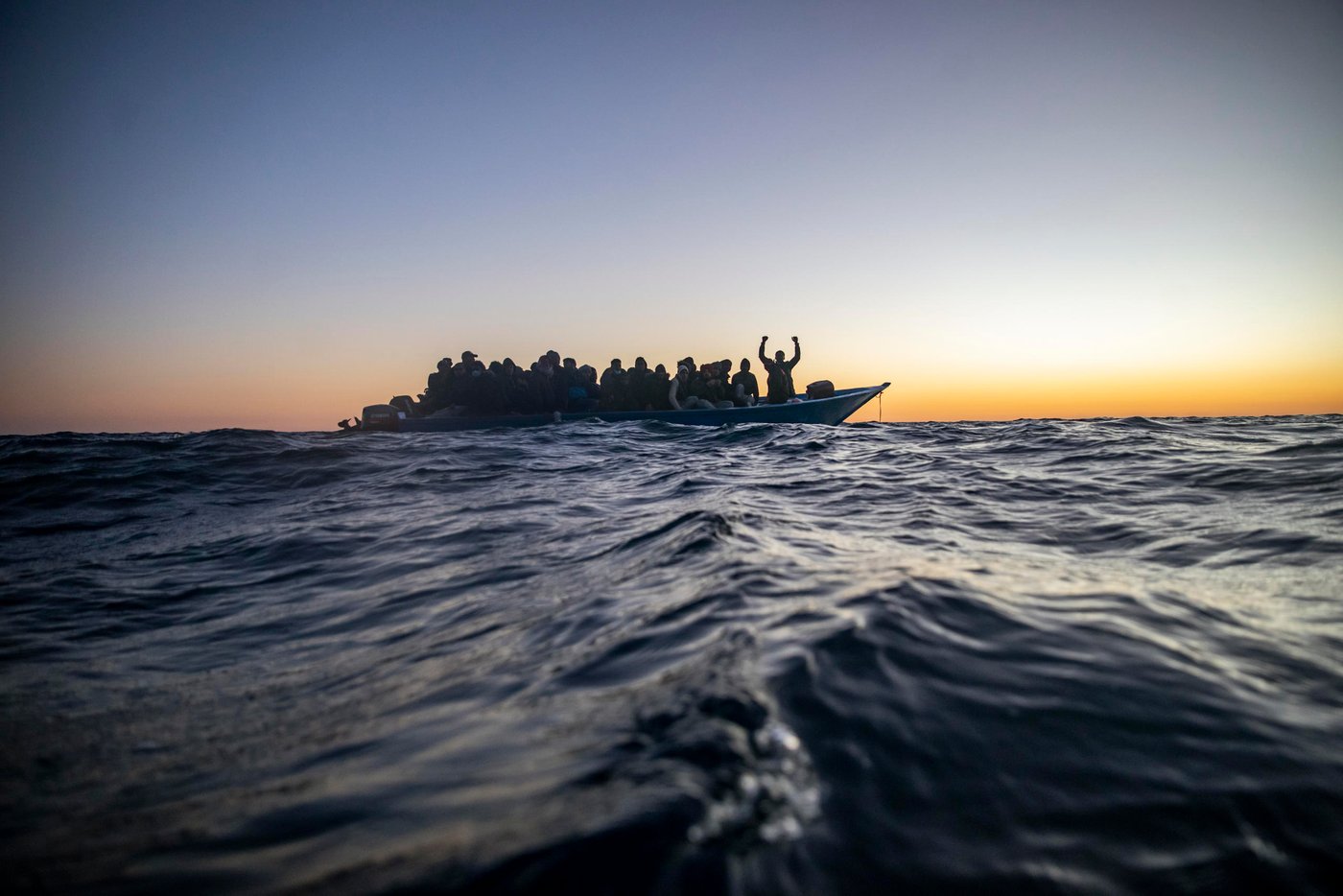“This tragedy and those before it were completely avoidable, had Europe stepped up and allowed rescue missions to bring migrants and refugees to safety, rather than shifting responsibility to others,” says Dax Roque, the Norwegian Refugee Council’s country director in Libya.
This story was first published 4 May 2021 and updated 29 November 2021.
The Central Mediterranean route, from North Africa (primarily Libya) to Italy, continues to be the most active and dangerous route for people crossing to Europe by sea. More than 18,580 refugees and migrants departing from the coast of Libya have been reported missing since 2014, according to IOM figures.
Here are eight things you should know about refugees and migrants risking their lives on the journey from Libya to Europe:
#1: More than half a million people affected
More than half a million migrants, refugees and asylum seekers are currently living in Libya. They are amongst the most vulnerable people in the country and are at risk of arbitrary detention in inhumane conditions, as well as exploitation, kidnapping, sexual violence, torture and extortion, among other abuses. Most of them do not have legal status in Libya and have no way to make their status official or apply for work permits.
#2: Thousands being held in detention sites
Large numbers of migrants continue to be arbitrarily detained for unlawfully entering Libya. Thousands of migrants and refugees are believed to be being held in detention sites, including informal ones not run by the government. Conditions in these detention centres are extremely poor, with overcrowding commonplace and facilities inadequate. Migrants have reported suffering abuse in the detention centres.
#3: More than 1,600 lives lost at sea so far this year
Although a large percentage of these communities stay in Libya for extended periods of time to access informal work and send money back home, the number of people attempting to cross the Mediterranean has increased during 2021. According to the IOM, 1,645 people lost their lives in the Mediterranean during the first 11 months of 2021. This is more than the total number of deaths recorded for the whole last year, when 1,448 people were reported dead or missing in the Mediterranean.
#4: True number likely to be much higher
IOM’s ability to monitor deaths in the central Mediterranean has been drastically reduced because of the absence of state search-and-rescue vessels. So, the actual number of deaths is likely to be much higher.
#5: No safe and legal pathways to Europe
Safe and legal pathways to reach Europe are practically non-existent, pushing people to risk their lives crossing the Mediterranean. When spring and summer arrive next year, the Norwegian Refugee Council (NRC) expects more people to attempt this perilous journey. NRC began operations in Libya in 2017 and has continued to scale up its operational and programming presence supporting displaced Libyans, returnees and host communities as well as vulnerable non-Libyan communities.
#6: Sea rescues becoming more difficult
International law obliges states to rescue people at sea. However, as attitudes harden in Europe against asylum seekers and migrants, most of whom come from Africa and the Middle East, more countries are violating the law. Countries like Italy and Malta have barred migrant vessels from disembarking in their ports. European countries have imposed fines on private rescue ships such as the Ocean Viking and introduced rules making it difficult for such vessels to rescue migrants at sea.
#7: Much responsibility lies with the EU
The EU bears much of the responsibility for the huge death toll in the Mediterranean. The EU and its member states have thus far focused on deterring migrants and refugees from trying to reach their shores. We need them instead to support search-and-rescue missions to save people in danger.
#8: Libya not a safe port for return
Migrants and refugees who are returned to Libya face indefinite, arbitrary detention and a real risk of sexual violence, torture, forced labour, extortion and other forms of ill treatment. Thousands of migrants, refugees and asylum seekers seeking refuge through the central Mediterranean route have been intercepted by the EU-funded Libyan Coast Guard and returned to Libya. Many have faced horrendous abuses.


